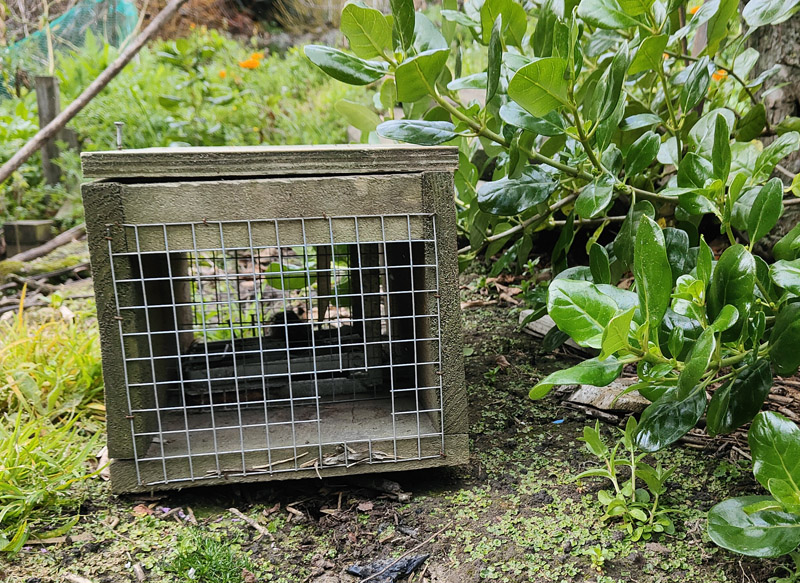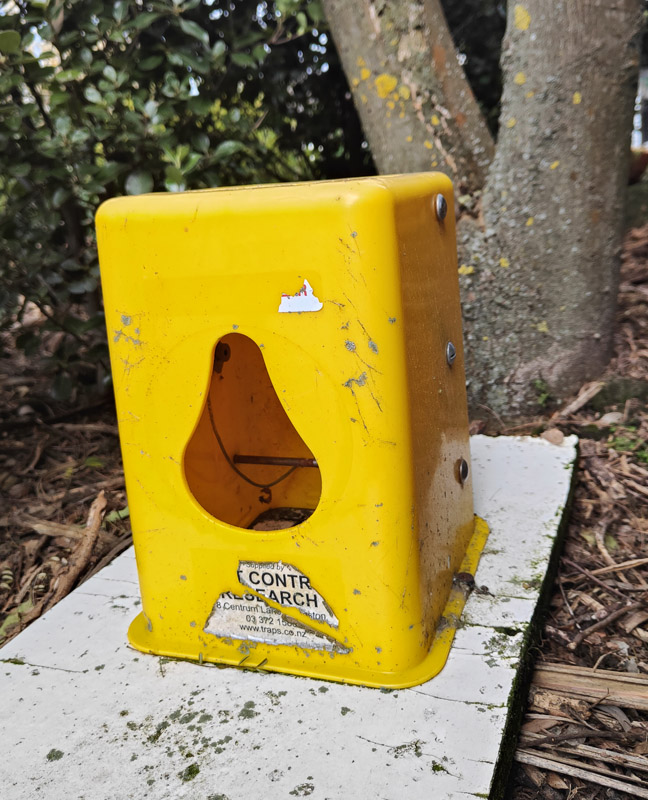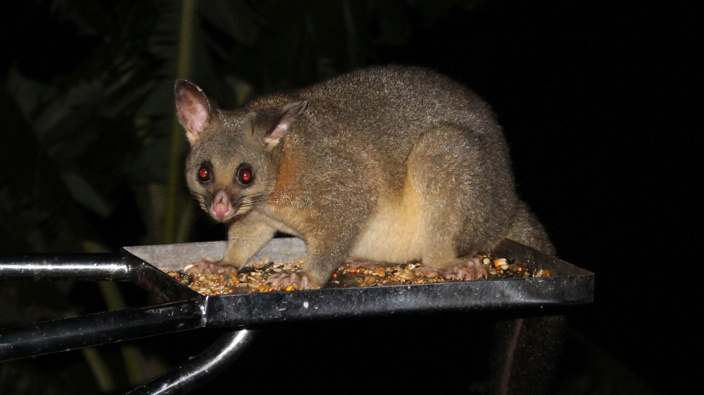I clearly remember Maggie Barry, John Key and Nick Smith, Steven Joyce and Nathan Guy launching Predator-Free NZ in July 2016, 7 years ago!
This was a big gig; and it’s still going.
If you think about it, it’s a huge task and incredibly collaborative, with scientists, DOC and heaps of New Zealand Volunteer trappers. Make no mistake, the army of ordinary kiwis and backyard engineers are really contributing to the reduction of exotic pests in our ecosystems.
I can see the improvements in our biodiversity simply by looking from my window on the Port Hills in Christchurch!
The most important predators we are targeting are mice, rats, stoats, ferrets, weasels, Possums, hedgehogs and – oh yes – feral cats! Add domestic dogs kept off lead in kiwi habitat and you’ve got the line-up we’re aiming for.
I realise this is a little bit more than the original target line-up, but I have my own reasons for including mice, hedgehogs and uncontrolled dogs.
Mice: they’re everywhere and actually (kind-of) do the ecological job of a tree weta.
Mice are predominantly seed and nuts eaters. Walnuts, hazelnuts, etc. Fatty materials allows them to successfully overwinter in your garden.
They also eat a heap of insects and they are important food for rats! (Mice keep rat numbers up)
Simple mouse traps are a great idea around the house – cheap traps, baited with peanut butter or Nutella or hazelnut spread. Shelled walnuts work well too. Contrary to popular belief they don’t really go for cheese! I have them all around my house and even in the ceiling. I set my traps near the wall – that’s where they run to keep “out-of-sight”.
Rats do a lot of damage to birds and lizards. They raid nests and eggs. Most people are not aware that they also go for juicy, large insects (weta and other large, native critters).
Rat traps are a large version of mouse traps and they can be used on their own around the house, or inside a wooden tunnel, which gives the rat some cover and shelter as it explores the smell of the delicious bait in the trap.
Great baits are peanut butter and Nutella, as well as fish and moldy cheese.
One thing that rats are keen on is a trajectory that leaves them unnoticed. Traps near a wall or along a fence line seem to be working best. Make sure you don’t “contaminate” the lure with your bare hands – good idea to wear gloves so the rat doesn’t… well… smell a rat (I mean a human!!).
Stoats are a lot trickier again – they really will avoid open spaces. And they are clever.
You’ll also need a much heavier artillery (trap) than rats, as stoats are able to survive the smack of a rat trap; they also have the ability to escape from these traps by wriggling out.
A “DOC 200” is the heavy duty trap to use here. These metal traps are usually built inside a wooden box with attractive lures (salted rabbit meat or fresh rabbit cuts, eggs, and believe it or not: mayonnaise!). Eggs are often a visual attractant to these mustelids.
I have always been disappointed by the clever stoat’s ability to avoid my traps. I rarely trap these buggers.
Stoats can kill young kiwi (up to 800 gram body-weight) and they are ferocious hunters.
 DOC 200 stoat trap. Photo / Supplied
DOC 200 stoat trap. Photo / Supplied
Ferrets are another step up in the predator game – they’ll kill adult kiwi and large prey; you won’t find them in urban areas – they are creatures of the farm and forest edges. They also require some serious knowledge to trap, plus an even heavier gauge of trap.
Just so you know: I am a member of the stoat and ferret conservation society… In the Netherlands!
That’s where they are native and that’s where they are in ecological trouble due to the declining populations – how ironic!
I actually used to have a pet ferret in Holland – wonderful animals!
Possums are the last species I’ll mention in this segment. We have about 70 million of them in our forests and gardens.
They mainly feed on fruits, shoots, and leaves: 21,000 tonnes each night, which is about the same as the weight of the sky tower. They alter the composition of our native forests.
Possums get protein from eating birds (and nestlings).
Possums really need a Timms Trap, baited with apple, cinnamon and such delights. I often use flour and icing sugar mix and smear that on the tree near the trap – it really “lures them in”

Timms Trap. Photo / Supplied
The modern form of the old Timms Trap is the Flipping Timmy. This trap can be attached to a tree trunk, so the possum climbs up and ends up in the trap
Great websites exist on trapping the pests; have a look and join the team of New Zealanders keeping their gardens and local reserves and parks predator free.
Take your Radio, Podcasts and Music with you










